In the realm of commercial transportation, the semi-trailer hitch represents a crucial component in ensuring the seamless connection between a truck (often referred to as a tractor) and its trailer. To grasp the intricacies of how a semi-trailer hitch operates, one must delve into various elements that facilitate its function, mechanics, types, and importance in logistics.
The Basics of Semi-Trailer Hitches
A semi-trailer hitch, in essence, is a coupling mechanism designed to tow a semi-trailer. Unlike a conventional trailer, which supports the entire weight on its wheels, a semi-trailer derives a significant portion of its weight from the tractor unit, allowing it to distribute the load more efficiently and navigate tight turns.
Components of a Semi-Trailer Hitch
Understanding these components is pivotal:
| Component | Function |
|---|---|
| Fifth Wheel | The primary coupling mechanism, allowing for articulation between the tractor and the trailer. |
| Kingpin | A metal pin located on the trailer’s undercarriage which engages with the fifth wheel. |
| Locking Mechanism | Ensures the kingpin is securely attached to the fifth wheel. |
| Slide Mechanism | Allows the fifth wheel to move forward and backward for weight distribution. |
| Safety Chains | Provides an additional layer of security, preventing the trailer from detaching if the hitch fails. |
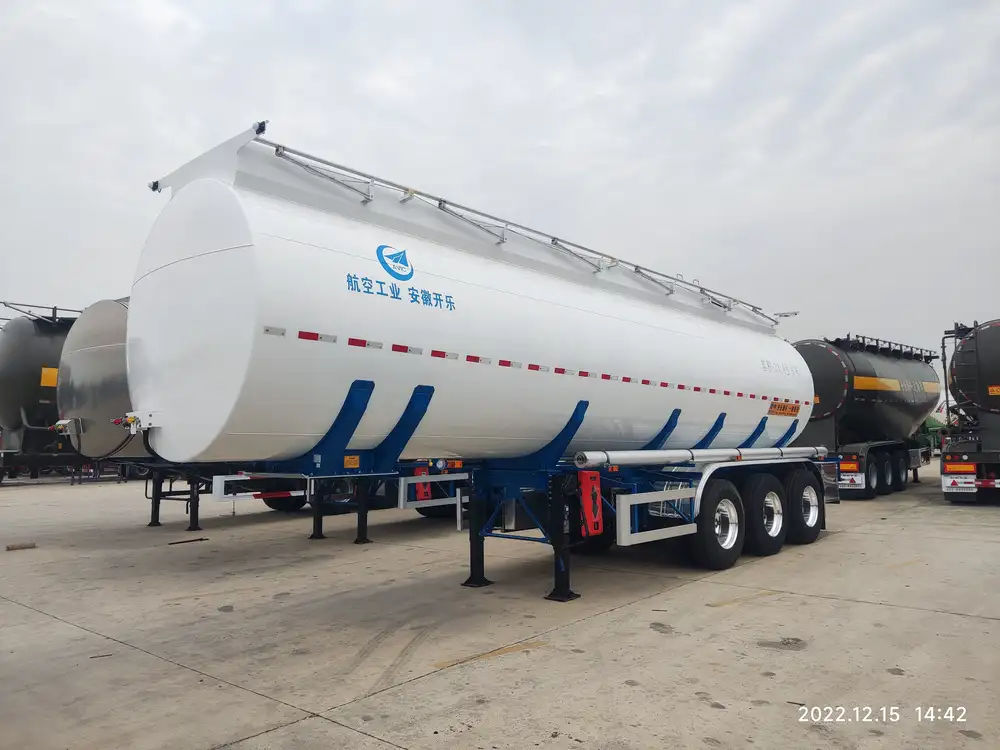
Types of Hitches
Semi-trailer hitches come in several types, each catering to specific needs and configurations:
- Standard Fifth Wheel Hitch: The most common type, offering superior load distribution and stability.
- Sliding Fifth Wheel Hitch: Ideal for short wheelbase trucks; it allows for weight adjustment, especially in tight turns.
- Gooseneck Hitch: Commonly used for agricultural trailers, offering a different mounting style than the conventional fifth wheel.
- Pintle Hitch: Best for heavy-duty applications; it provides a robust connection suitable for off-road and industrial use.
Mechanism of Action: How Does It Work?
The Coupling Process
The coupling process involves several detailed steps:
- Alignment: The tractor is maneuvered to align with the trailer’s kingpin.
- Connection: As the tractor moves forward, the fifth wheel engages with the kingpin.
- Locking: The locking mechanism automatically secures the kingpin within the fifth wheel, ensuring no movement can occur during transport.
- Safety Features: Safety chains are affixed to further guarantee the connection, especially during abrupt maneuvers or rough terrain.

Stability During Travel
Once connected, the semi-trailer hitch allows for a pivoting motion. This articulation is vital when navigating turns and uneven surfaces. The following points highlight its significance:
- Weight Distribution: The fifth wheel hitch balances the trailer’s weight between the front axle of the trailer and the tractor, preventing overloads on a single axle.
- Shock Absorption: As the tractor and trailer encounter bumps, the design of the hitch accommodates these changes, ensuring stability.
- Towing Capacity: The hitch is rated for specific loads, determined by factors like construction materials and design.
Disconnecting the Hitch
When the transport is complete, disconnecting the hitch is as critical as connecting it:
- Secure the Trailer: Ensure the trailer is on level ground and stable.
- Release the Lock: Disengage the locking mechanism, allowing the kingpin to free itself from the fifth wheel.
- Pull Away: Slowly move the tractor forward to detach from the trailer, watching for any signs of obstruction.
Maintenance and Safety Considerations
Proper maintenance of the semi-trailer hitch is paramount to ensure safe operation. Here are crucial maintenance practices:
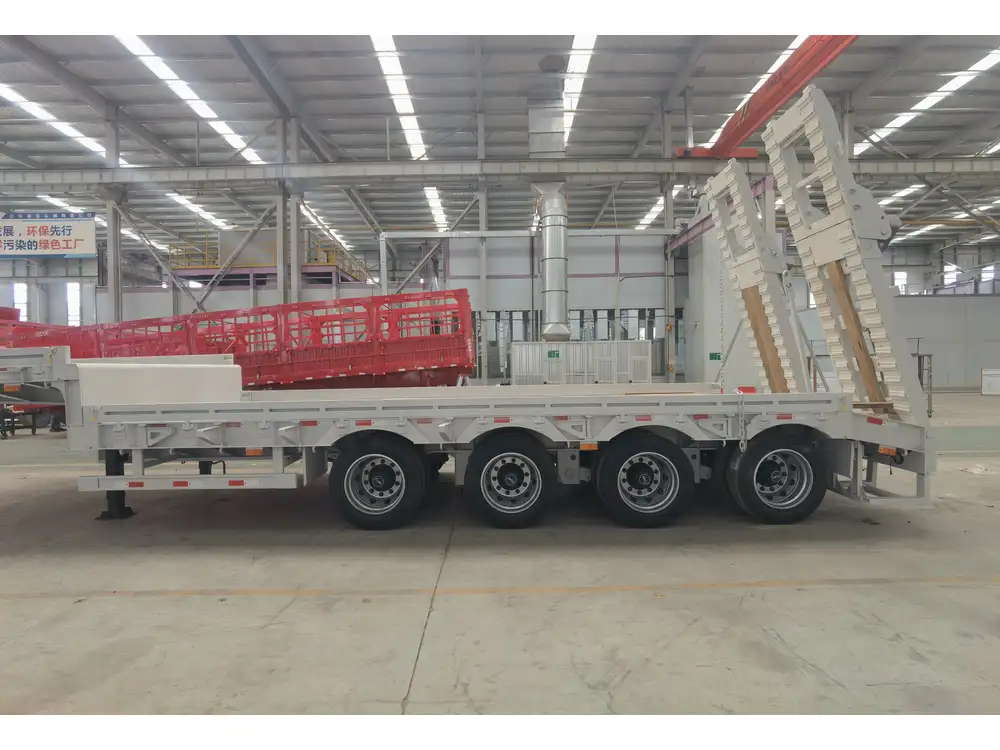
Regular Inspections
- Visual Checks: Look for visible wear, rust, or damage on the fifth wheel and kingpin.
- Lubrication: Regularly lubricate the moving joints within the hitch to facilitate smooth operation.
- Cleaning: Dirt and grime can impede function, so regular cleaning is advised.
Safety Best Practices
- Weight Limits: Adhere strictly to the specified weight limits for both tractor and trailer to avoid accidents.
- Safety Chains: Always ensure that safety chains are attached and in good condition.
- Training: Ensure that all operators are adequately trained on the coupling and uncoupling processes, as well as safe driving techniques when towing.
Troubleshooting Common Issues
Despite rigorous maintenance, issues may arise. Here are common problems with their potential solutions:
| Issue | Symptoms | Solutions |
|---|---|---|
| Difficulty in Coupling | Kingpin not engaging | Check for obstructions and ensure alignment. |
| Unusual Wear on Hitch | Visible wear or irregular shape | Inspect for potential overload or damage. |
| Excessive Play | Slack noticed during travel | Investigate for loose locks or worn bearings. |
| Noise During Travel | Clanking or grinding sounds | Check for loose parts and lubricate as needed. |
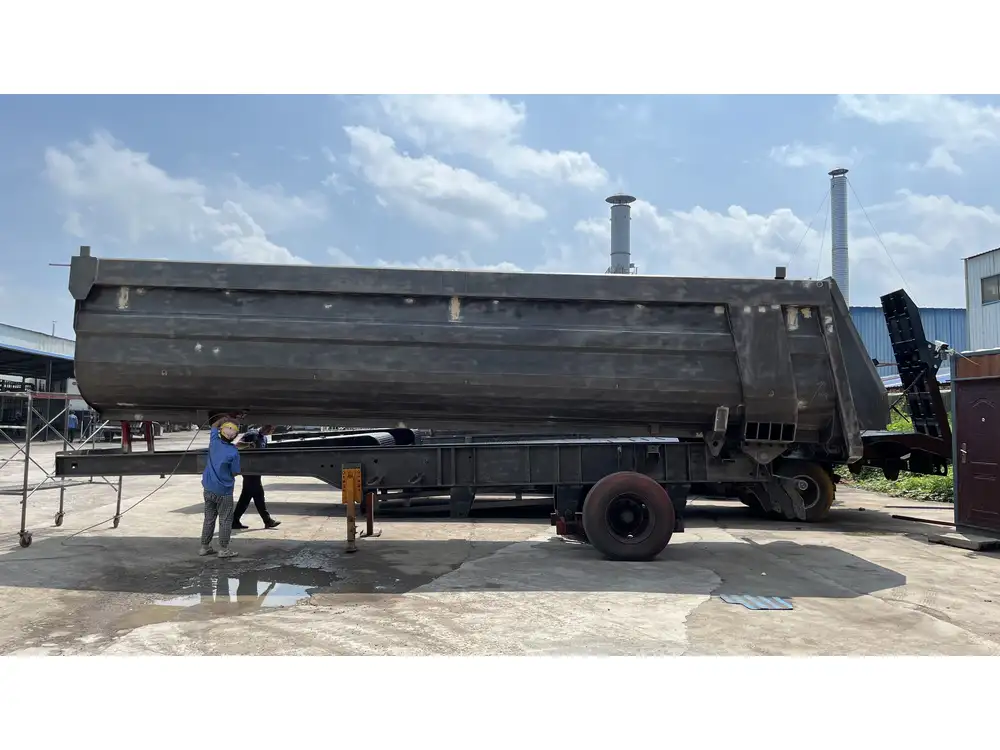
The Role of Innovation in Hitch Design
Modern advancements in technology continue to reshape the semi-trailer hitch landscape. The integration of smart sensors and automated systems enhances safety and efficiency. Here are notable innovations:
Smart Hitches
- Load Sensors: These devices can monitor the weight distribution in real-time, alerting drivers to potential overload conditions.
- GPS Features: Integrated GPS systems help track trailers, offering logistics managers precise location data.
Stability Control Systems
- Anti-Sway Technology: Systems designed to minimize swaying can enhance safety, especially during high-speed travel or windy conditions.
- Electronic Braking: Advanced brakes that respond sooner than traditional systems provide better control and reduce stopping distances.
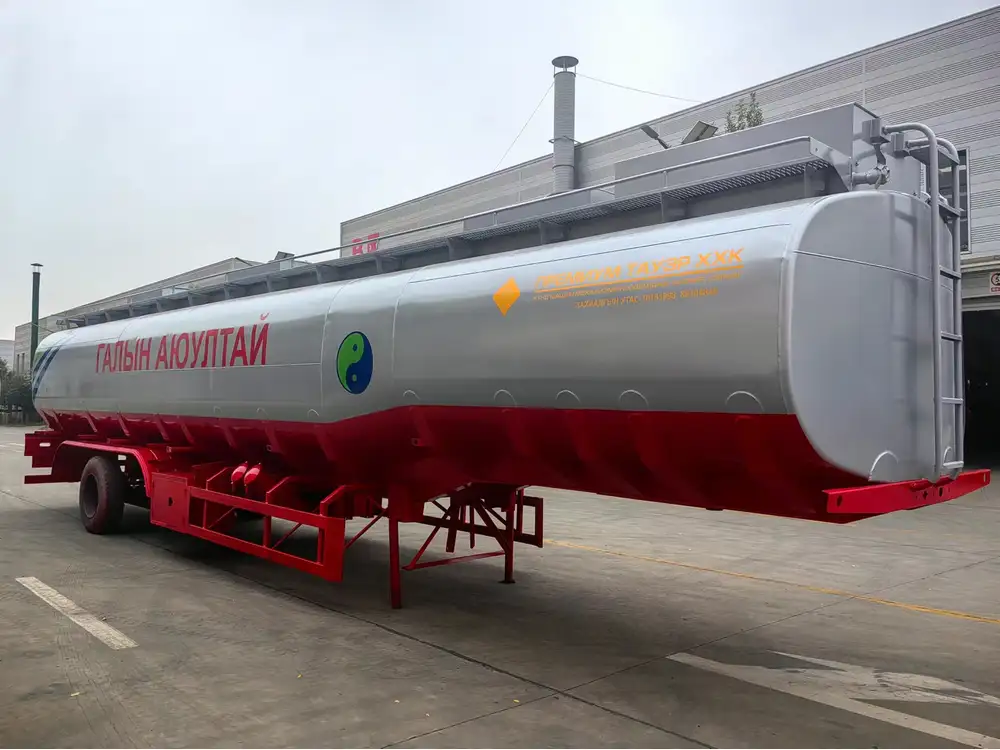
Impact on Logistics and Transportation
The efficiency and reliability of semi-trailer hitches directly influence the logistics and transportation sectors. Understanding their function impacts several critical areas:
Cost Efficiency
- Reduced Wear: With a well-maintained hitch, operators can lower maintenance costs and extend the lifespan of their vehicles.
- Fuel Efficiency: Proper weight distribution mitigates drag and enhances fuel economy during transport.
Load Management
- Flexibility: Various hitch types allow operators to choose the best setup for specific loads, be it heavy equipment or perishable goods.
- Regulatory Compliance: Many regions impose regulations on weight limits; understanding the hitch’s role assists in adhering to these.
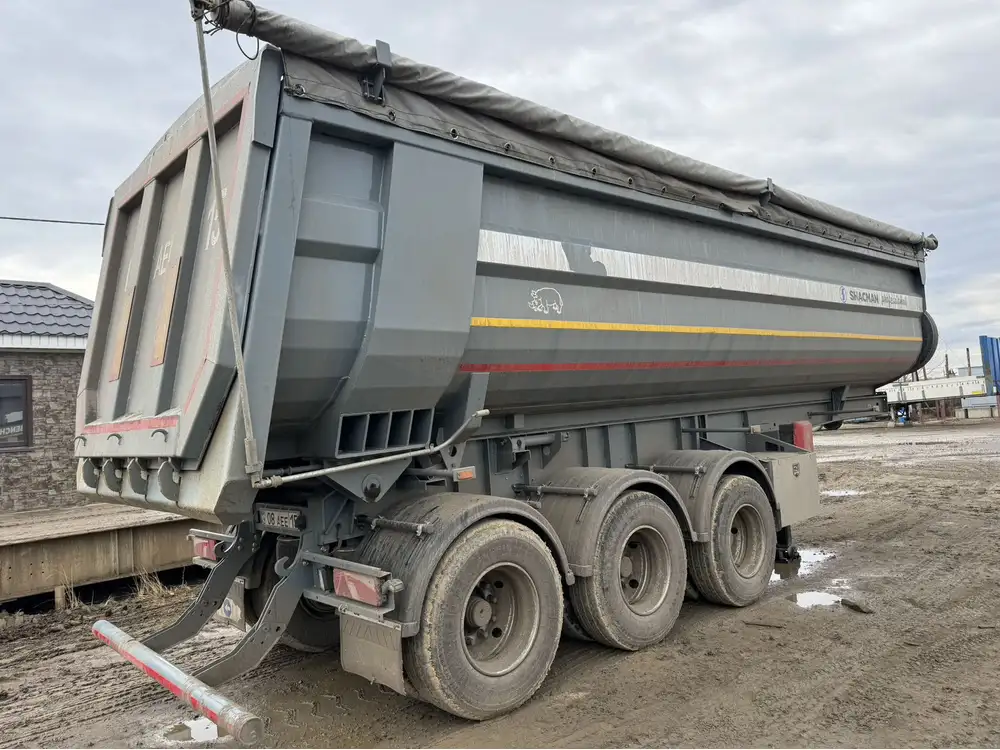
Conclusion: The Importance of Understanding Semi-Trailer Hitches
In the intricate web of transport logistics, the semi-trailer hitch stands out as a fundamental element that ensures safety, efficiency, and reliability. A thorough understanding of its operation—from coupling to maintenance—equips operators and manufacturers alike to optimize performance and mitigate risks. As innovations continue to propel the industry forward, staying updated with new technologies and practices will empower stakeholders to maintain a competitive edge in the ever-evolving landscape of transportation.
Through the lens of expertise, one can appreciate the nuances of semi-trailer hitches, recognizing that their proper functioning is not merely a technical consideration but a cornerstone of successful logistics management. The fusion of traditional knowledge with modern advancements heralds a future where safety and efficiency reign supreme in the transportation industry. Embracing this understanding is vital for anyone involved in the field, ensuring they are prepared for the challenges of tomorrow.



